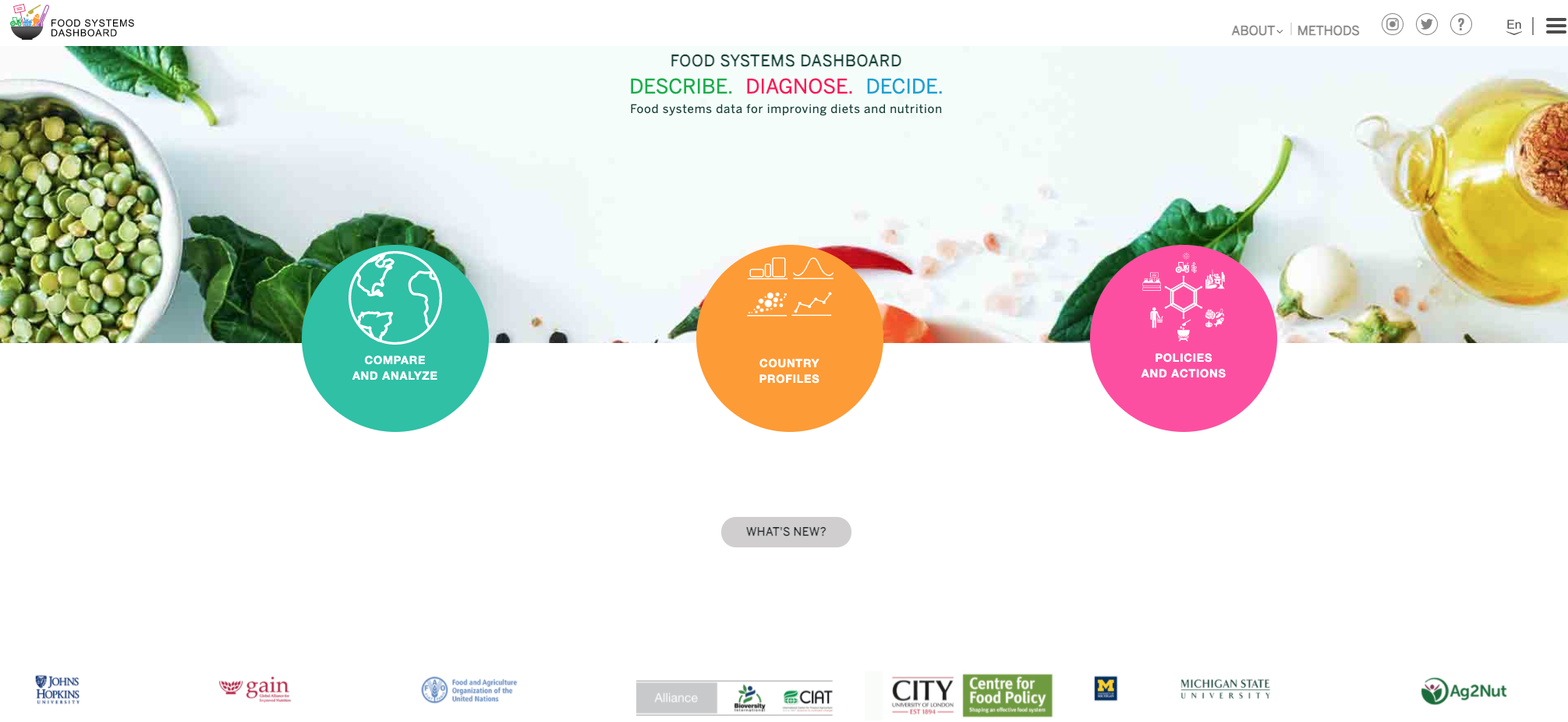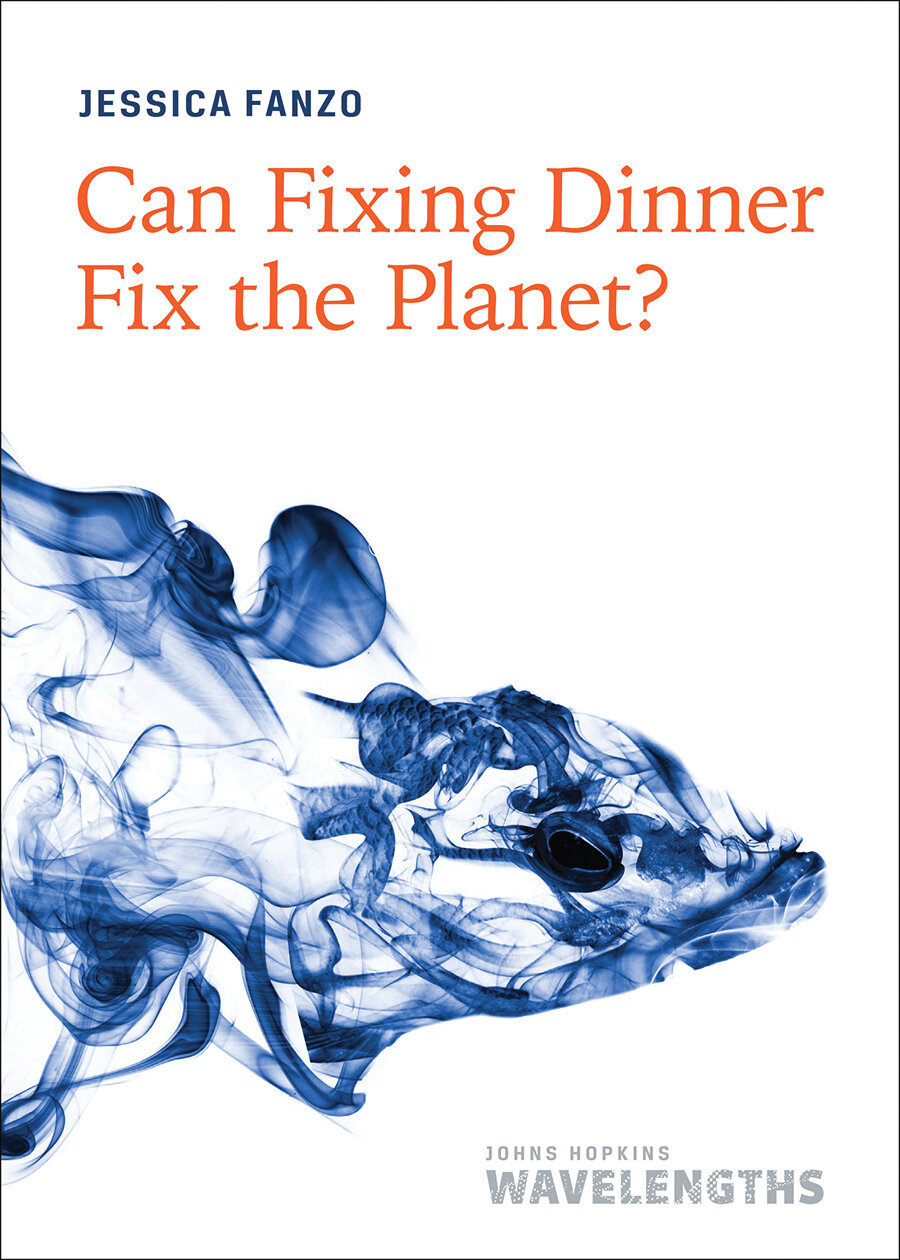Food Bytes is a monthly blog post of “nibbles” of information on all things climate, food, and nutrition science, policy, and culture.
It’s been a long while since I posted a Food Bytes edition, and so much has happened in the food space in the past year. First, a UN Food Systems Summit happened, but I remain quite unclear on what was achieved or what will come of the year-long work leading up to the event. Second, a devastating conflict between two breadbasket countries trudges on, putting food security concerns back on the geopolitical agenda. Third, extreme weather events, many related to climate change, unrelentingly warn us that our ability to feed a world of 8 billion (yikes) is precarious and precious. But science is there to nudge us, generating new knowledge on why we and every other species are here, what accelerates us, what destroys us, and where we are heading. Charles Mann wrote in The Wizard and the Prophet (a stellar book about William Vogt and Norman Borlaug’s discordant visions to feed the world):
Another thing this book is not: a blueprint for tomorrow. The Wizard and the Prophet presents no plan, argues for no specific course of action. Part of this aversion reflects the opinion of the author: in our Internet era, there are entirely too many pundits shouting out advice. I believe I stand on firmer ground when I try to describe what I see around me than when I try to tell people what to do.
I resonate with these sentiments. Even though science is plagued by warts, hiccups, and flaws, catalyzing evidence and data to help describe the world matters because it helps us understand nature, people, and the planet. With that background in mind, this month’s Food Bytes is all about highlighting the science community’s observations and uncertainties of a changing world and what it means for food systems and climate change. I purposely do not highlight the work of my team and collaborators, but if you are curious about when we do, you can look here.
Source: McKay et al. SCIENCE 9 Sep 2022 Vol 377, Issue 661 DOI: 10.1126/science.abn7950
Let’s get the dark stuff out of the way. A paper by David Armstrong McKay and colleagues updated data showing that holding at 1.5°C will trigger multiple climate tipping points. What are these tipping points? Things like ice sheet “collapses,” forest “diebacks,” and permafrost “abrupt thaws” (see the figure to the right). These terms are downright scary but very plausible under different modeling scenarios. Okay, onto more uplifting news — KIDDING! Another study has shown that over the last 40 years, the Arctic has warmed four times faster than the rest of the world, also known as Arctic amplification. These are massive global shifts that will further warm the planet, creating all kinds of chaos. What does it mean for us wee creatures living in our humble abodes? Well, the news is not totally uplifting on that front either. We are and will be deeply impacted by climate — and no one is immune. Research by Sylvia Blom and colleagues showed that repeated, extreme heat shocks impact early child nutrition — both chronic and acute malnutrition. They show that in 5 West African countries, a 2 °C rise in temperature will increase the prevalence of stunting by 7%. As the two latest 2022 Inter-Governmental Panel on Climate Change Reports on adaptation and mitigation, also known as the IPCC, argue, we still have time to act, although when you read it, you may want to have a nice glass of scotch in hand. While the window remains open, it is closing, and fast. We need to make massive changes to the way we live, much of that involving our use of resources. A recent Nature Sustainability paper showed that no country meets basic needs—such as nutrition, sanitation, and access to electricity—for its citizens at a globally sustainable level of resource use. To meet needs, we need to use resources somewhere between 2-6 times more to meet everyone’s needs. Gulp. Just take a look at the difference between the United States (a) and Sri Lanka (b) in the figure below. Blue wedges show social performance relative to the social threshold (blue circle), whereas green wedges show resource use relative to the biophysical boundary (green circle). The blue wedges start at the center of the plot (which represents the worst score achieved by any country), whereas the green wedges start at the outer edge of the blue circle (which represents zero resource use). Wedges with a dashed edge extend beyond the chart area. Ideally, a country would have blue wedges that reach the social threshold and green wedges within the biophysical boundary. Look at the inequities comparing the two countries!
Source: O’Neill, D.W., Fanning, A.L., Lamb, W.F. et al. A good life for all within planetary boundaries. Nat Sustain 1, 88–95 (2018). https://doi.org/10.1038/s41893-018-0021-4
The research and science in understanding the impacts of climate change on food systems and vice versa are growing exponentially. It is hard to keep up with the literature and weed out the noise. One area that deserves more attention is the impact of food trade on global greenhouse gas emissions and the environment—particularly land-use change—a significant source of emissions coming from food and agriculture. A study showed that 27% of land-use emissions and 22% of agricultural land are related to international trade (2004-2017)—food products consumed in a different place from where they were produced. The largest land-use emission transfers come from Indonesia and Brazil to China, the U.S., and Europe. A PLoS paper examining the future of trade shows that if we keep managing and governing global trade as is, food systems will be misaligned with dietary health and sustainability outcomes.
Perhaps one solution is through changing agriculture subsidy policies. The UN Food and Agriculture Organization (FAO) published their annual SOFI report and highlighted the need to transform agriculture subsidy programs around the world towards those that generate and produce healthier food products. Marco Springmann at Oxford modeled the impacts of subsidy policies that focused on nutritious foods and found multiple benefits across both environment and health. I am really uncertain about the political appetite to change subsidies. Talk about vested interests… Speaking of priorities, Ben Davies and colleagues argue that making big transformative policy changes across food systems is wonderful, but don’t do it “on the backs of the rural poor.” Although there are 2.7 billion people engaged in small-scale food production and 1.1 billion people concomitantly living in extreme poverty while working in agriculture, they are often ignored in the “transformation” story.
Affordability of a healthy diet grouped by five different food system typologies, showing transition of food systems. Source: Ambikapathi, et al Nat Food 3, 764–779 (2022). https://doi.org/10.1038/s43016-022-00588-7
Positive transformation of food systems is not easy as history suggests. As Ramya Ambikipathi shows in a recent Nature Food paper, food systems have shifted from predominantly rural to industrialized and consolidated systems. Historically, incomes have risen faster than food prices as countries have industrialized, enabling a simultaneous increase in the supply and affordability of many nutritious foods. Evolving rural economies, urbanization, and changes in food value chains have accompanied these transitions, leading to changes in land distribution, a smaller share of agri-food system workers in the economy, and changes in diets. While the affordability of a recommended healthy diet has improved over time, food systems overall are falling short of delivering optimal nutrition and health outcomes, environmental sustainability, and inclusion and equity for all. Another fantastic paper by Jeff Waage and colleagues in Lancet Planetary Health shows the complex and risky relationship between agriculture and infectious disease, particularly in low-income and middle-income countries that are undergoing rapid food system transitions. They remind us that lessons can be drawn from COVID-19 and the rise of zoonotic spillover events within food systems should be prioritized (and minimized) on the political agenda.
Ensuring that everybody gets access to and consumes a healthy diet will remain a global challenge. The metrics, indicators, and data in understanding what people eat and why are improving. Just check out the Global Diet Quality Project, which collects dietary quality data in the adult population across countries worldwide using the Gallup poll and provides tools to monitor diet quality within countries. Wow. I hear rumblings of a global report coming out soon, so stay tuned. There has been a whole range of papers coming out on diet quality. Victoria Miller at Tufts University is on a roll. In one recent Nature Food paper, she examines diets across 185 countries from 1990 to 2018 using the Global Dietary Database (estimates and modeled). Their assessment shows that diet quality is modest at best but varies significantly depending on where you live, how old you are, and how much education you have. No surprises, but good to see more data emerging from this database. Miller and colleagues also published a more specific paper examining the consumption of animal-sourced foods worldwide showing that meat consumption is lower or higher than optimal intakes depending on the population. Another Miller paper published in JAMA examines the association of specific dietary factors with coronary heart disease, stroke, and diabetes using a systematic review. The table below summarizes the relative risks of the associations of nutrients with heart disease and diabetes events. Bottomline? Eat your fiber.
Source: Miller et al JAMA Netw Open. 2022;5(2):e2146705. doi:10.1001/jamanetworkopen.2021.46705
Another emerging area gaining significant traction with scientific consensus is ultra-processed foods (UPFs), a term loathed by the food industry and a handful of nutritionists. The majority of those working in nutrition epidemiology and public health largely agree that UPFs—food-like substances extracted from foods, such as fats, starches, added sugars, and hydrogenated fats that also contain additives like artificial colors and flavors or stabilizers—are detrimental to human health across a bolus of outcomes. Many people argue that these foods should be regulated, avoided, and minimized in the global food system. If you want to hear more about this ongoing debate, check out this BBC podcast and this online debate with some heavy hitters in the space like NIH’s Kevin Hall, Marion Nestle, and Mike Gibney. The next frontier for these foods is their environmental impact. While a handful of papers argue that these foods have a significant environmental and climate footprint, the evidence is scant, and much more needs to be done in this space.
The question is, are alt-meats in this category? The pace of science in this space is hard to keep up with as there is a lot coming out in the grey literature (see the IPES report and the OECD report as examples) along with peer-reviewed publications, but some of what is available often bends towards ideology and less science. Same with plastics. There is deep concern about microplastics showing up all over the place, including food, but the evidence and impact of these plastics on health outcomes need much more exploration. So while Mr. McGuire told Ben in The Graduate, that the future lay with one word, plastics, we may need to re-examine that advice in light of the fragility of our world.









